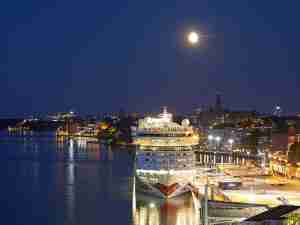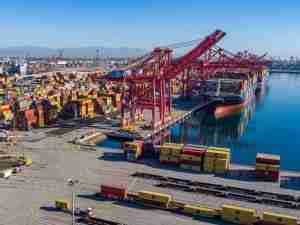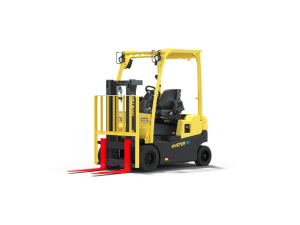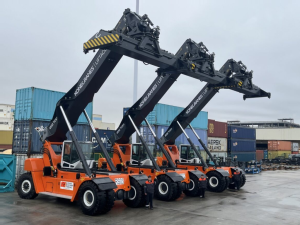Queues lengthened from June at the two main ports for sugar in the world's top exporter of the sweetener, due to a spike in demand around the world that only Brazil could satisfy then and wet weather that slowed the pace of exports.
Celso Porto, the agriculture ministry's Secretary for International Agribusiness Relations, told Reuters larger domestic supplies in India would cool demand for Brazilian imports in the world's top sugar consumer and No. 2 producer after Brazil.
"I don't think it will happen," he said when asked about the chances queues of 120 ships or more could recur at the main sugar-loading ports, that cost the companies chartering the ships thousands of dollars to use them for longer.
"The signs are that things have improved in India with quotas (there) to stop sugar leaving the country," Porto said.
India is harvesting a crop expected to turn out 24.5 million tons, up 30 percent from 18.8 million tons harvested the previous season ans surpassing annual domestic consumption of around 23 million tons.
India's government has given mills permission to export some of the sweetener for the first time in three years.
India is normally a net sugar exporter but had to import in the previous two seasons when output fell. The El Nino weather anomaly caused drought that cut monsoon rains to their lowest in 30 years, causing it to import large amounts in 2009.
New York sugar prices closed down 2.23 percent at 32.02 cents per lb. Prices hit a 30-year high in late December of 0.3385 cents per lb.
Porto said India, usually Brazil's top competitor in sugar, became its top customer in 2009. Russia regained its spot as the top buyer of Brazilian sugar in 2010 but with India still close behind, he said.
India's next harvest will not begin until around October however, while Brazil's harvest will be in full flow by August. Brazil is currently in its inter-harvest period.
The top two sugar ports, Santos, the country's largest in Sao Paulo state, and Paranagua in neighboring Parana, are restricted in the size of vessel they can receive until dredging work finishes, expected in the second half of 2011.
Officials expect a national dredging program now underway at public ports to increase their capacity, due to the fact that larger ships can be loaded with more cargo in less time.
Some vessels are unable to load cargo to their full capacity at Brazilian ports because they risk running aground on their way out, slowing the flux of goods out of the ports.
"Fifteen years ago the ships that came from Argentina would leave with cargo and stop and pick up more (in Brazil) to take to Europe. Today the ships can't get into Paranagua," Porto said.
Asia is the top buyer of Brazil's agricultural produce and Porto said that plans to expand the Panama canal to accommodate a new generation of mega-ships, made it all the more important that Brazil improve access to its ports.
"Given that our big market is Asia, Panama canal is important to us," he said. (Reuters)










